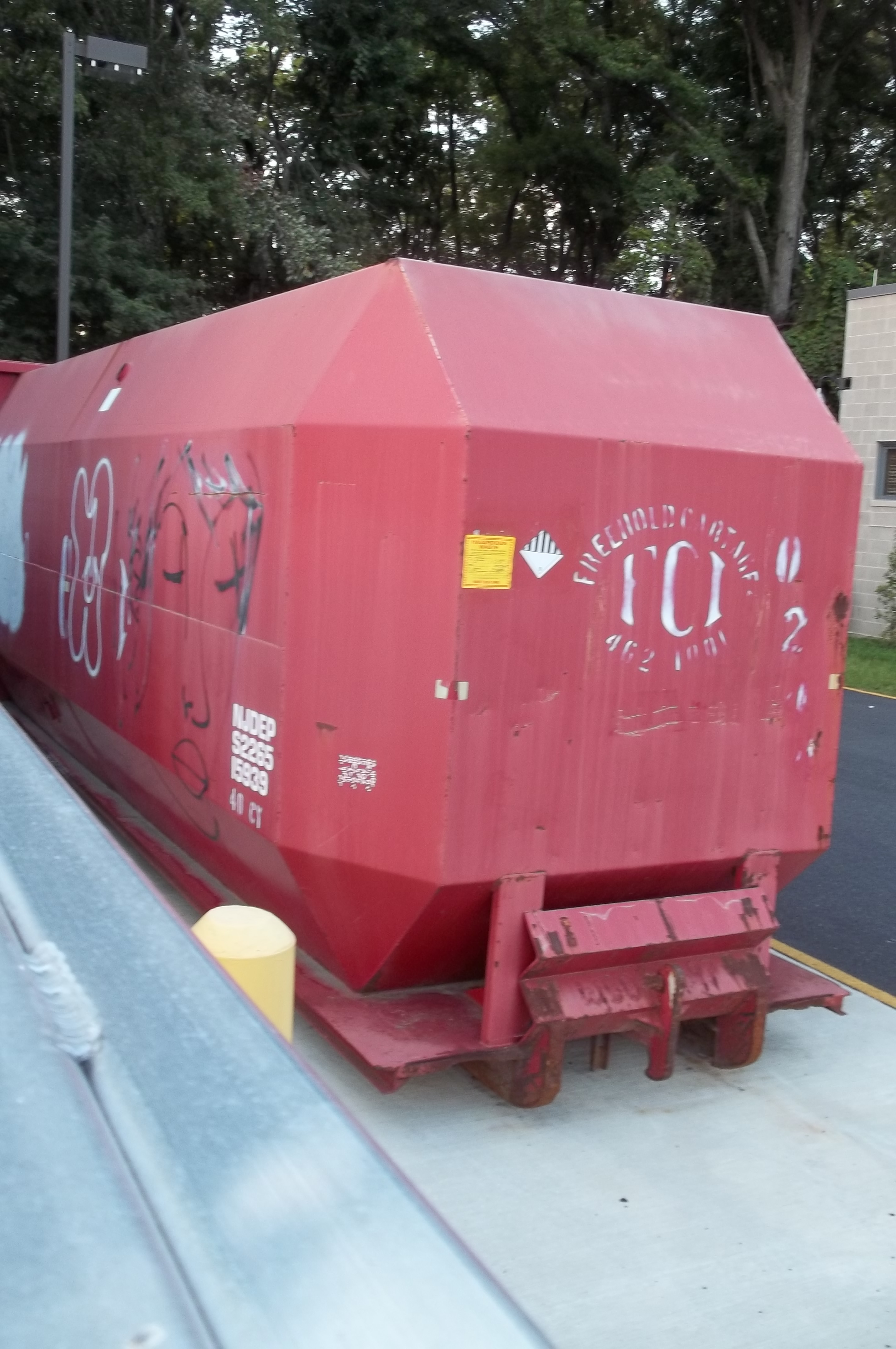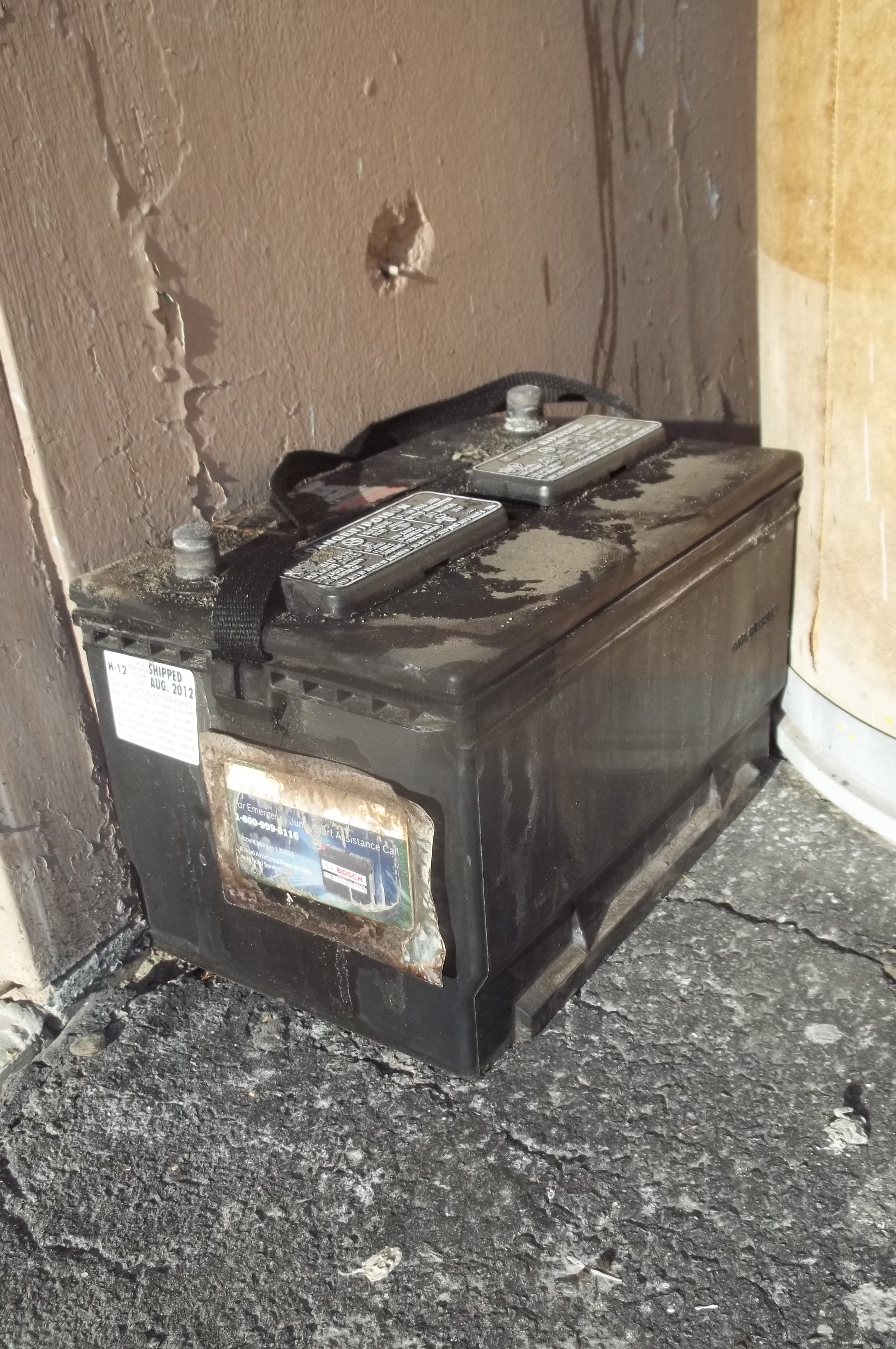A question from a past Onsite Training attendee on April 26, 2016:
Does the generator need to provide a manifest for non hazardous industrial waste? What elements are required in the manifest? Can a bill of lading be sufficient?
A good question and one I replied to that day:
Good question. The Illinois EPA requires the use of the uniform hazardous waste manifest for almost all shipments of special waste in Illinois.
Special waste includes hazardous waste, potentially infectious medical waste (PIMW), industrial process waste, and pollution control waste.
- Hazardous waste is either listed by USEPA or displays a characteristic defined by USEPA.
- See the end of this article for more information on PIMW.
A pollution control waste is generated directly or indirectly when businesses remove contaminants from air, soil, or water. Examples include baghouse dust, landfill waste, scrubber sludge, and chemical spill cleaning material.
That leaves one more type of Special Waste:
An industrial process waste is any liquid, solid, semisolid, or gaseous waste generated when manufacturing a product or performing a service. Examples include cutting oils, paint sludges, equipment cleanings, metallic dust sweepings, used solvents from parts cleaners, and off-specification, contaminated, or recalled wholesale or retail products.
The following wastes are not industrial process wastes:
Uncontaminated packaging materials
Uncontaminated machinery components
General household waste
Landscape waste
Construction or demolition debris
So, the above are not a special waste. What is?
If your industrial process waste or pollution control waste is any one of the following, it is a special waste:
A liquid waste
An asbestos waste regulated under the Clean Air Act
A regulated polychlorinated biphenyl (PCB) waste
A delisted hazardous waste
A characteristic hazardous waste treated or stabilized to be nonhazardous
A waste material generated by shredding recyclable metals
If your waste is a special waste the Illinois EPA requires the use of the Uniform Hazardous Waste Manifest for its off-site shipment. A bill of lading will not be sufficient for a shipment of a non hazardous Industrial Waste in Illinois. With some exceptions.
Exceptions?
Any industrial process wastes and pollution control wastes that are not hazardous and not liquid may be certified as nonspecial waste in Illinois and may be disposed of with your general refuse.
Notice this option to certify as nonspecial does not apply to hazardous waste and PIMW.
If using the uniform hazardous waste manifest you must provide the information as required in each section per the federal regulations at 40 CFR 262, subpart B.
I hope this helps.
Please don’t hesitate to contact me with any other questions.
More information:





